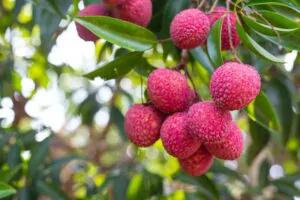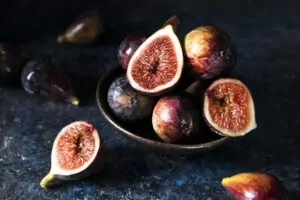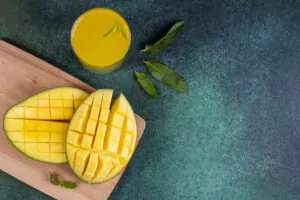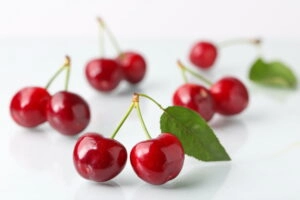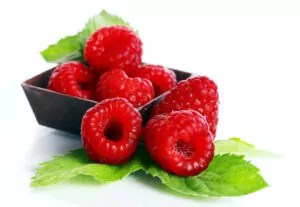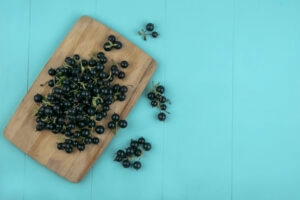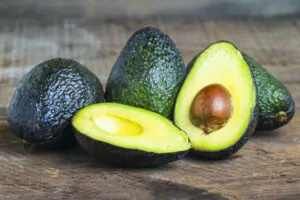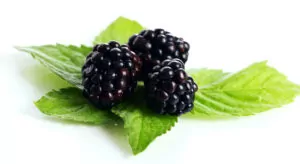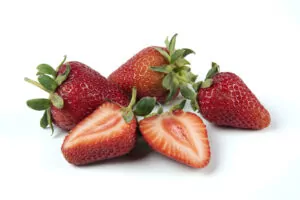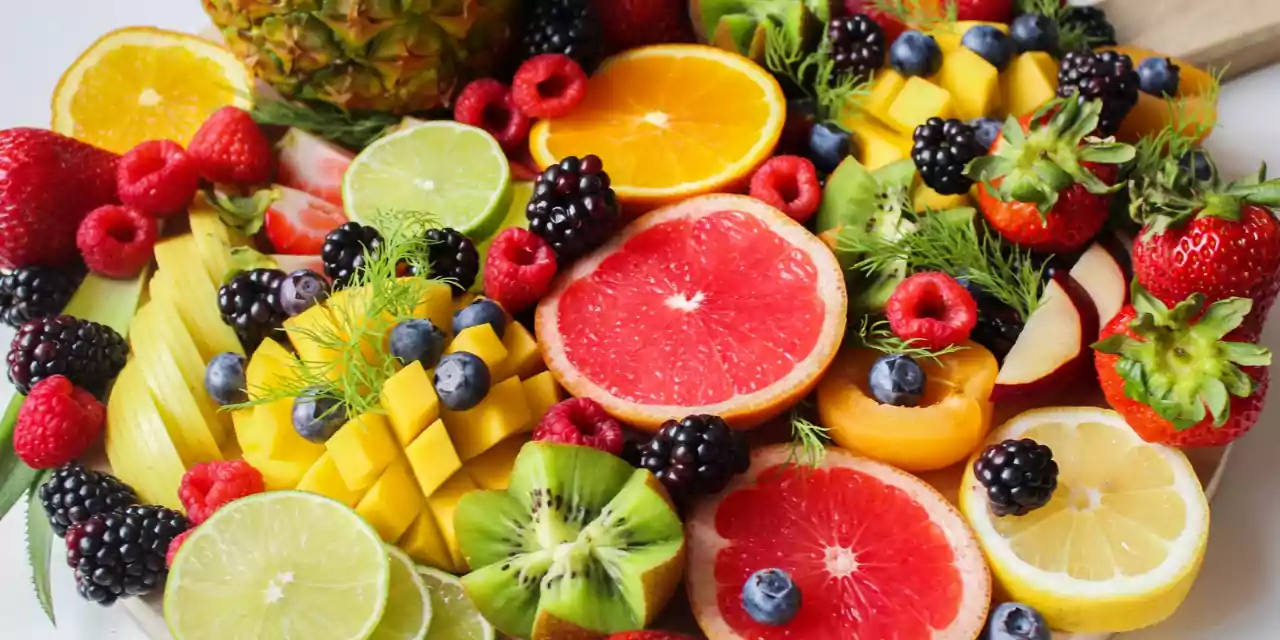
10 Best Fruits for Diabetics with High & Low Sugar Content
Fruits for diabetics: The Best of Spring? The fruit department in the supermarket finally fills up again and becomes varied! Mangoes, figs, strawberries, grapes – as delicious as the fresh fruits are, unfortunately, some of the fruits have high and low for sugar patients. The Bible also talks about fruit as a test of true teaching.
Here diabetic patients can find out 10 fruits that they can snack without any problems and which ones they should better hold back on fruits for high and low sugar content in India.
Fruits For Diabetics
Diagnosis: diabetes. One of the first questions patients often ask themselves afterwards is: What can I still eat now?
Because the diagnosis is usually accompanied by a change in eating habits. Grocery shopping is becoming more conscious. Some products don’t even make it into the shopping cart in the first place.
But does that also apply to fruit? After all, it is often high in sugar.
Doctors and nutritionists give the all-clear: No, fruit is welcome in your shopping cart, because when consumed consciously, it also scores with diabetics in terms of health.
Type 1 and Type 2 Diabetics blood sugar level
In people with type 1 or type 2 diabetes, the blood sugar level is permanently high. If type 1 diabetes is present, those affected lack the hormone insulin, which converts glucose, also known as glucose, into energy. In type 2 diabetes, on the other hand, insulin is produced, but the cells do not respond to the hormone. In this case one speaks of an insulin resistance. The result: the cells take in no or too little glucose and the blood sugar level rises.
Sugar in the fruit
There is also sugar in fruit. Here you have to differentiate between fructose – also called fructose – and glucose. Both types can be found in fruit. Fructose is harmless in natural quantities and is largely broken down by your body in the liver. He hardly needs any insulin for this. The glucose in fruit, on the other hand, can drive up the blood sugar level of diabetes patients. So would it be advisable to go without fruit?
Should Diabetics avoid fruits?
Don’t worry, the answer to this question is and remains no: because the positive properties of fresh fruit predominate. We need our portion of fruit every day to meet our need for vitamins, fiber and minerals. The quantity and type of fruit are decisive for diabetics.
The German Nutrition Society recommends eating two handfuls of fruit a day. As long as you eat within the scope of this recommendation, everything is okay.
Read More: How to Lose Weight in One Month Naturally
Always keep an eye on blood sugar levels
If you are one of the diabetic patients, then it is important for you to always keep an eye on your blood sugar level, especially in terms of the sugar-rich types of fruit such as pineapples, bananas, grapes and also dried fruits in India.
Fresh apples, pears, berries, cherries, kiwis or oranges are recommended. In addition to high water content, they also have a high fiber content, which prevents a rapid rise in blood sugar.
In addition, they also have a low glycemic index (GLYX = GI). It shows how quickly or how slowly the blood sugar level rises after consuming a certain food. Fruit with a low glycemic index, therefore, increases blood sugar more slowly and less strongly.
So fruit can end up in your shopping cart. If you want to check for yourself how you react to different types of fruit, it is advisable to measure the blood sugar level before and after each consumption.
The fresher the fruit, the more vitamins it contains. If certain types of fruits are not available fresh for seasonal reasons, frozen goods can be a good alternative for diabetics, because vegetables and fruit are usually frozen fresh from the harvest. However, sometimes added sugar is hidden in fruit mixes.
“Beware of canned and jars of fruit and dried fruit,” advises the ecotrophologist: “These products contain highly concentrated sugar and therefore count as sweets that quickly raise the glucose level.”
Among the foremost common health issues and also the one that stays for a protracted time is polygenic disorder. there’s little question regarding the actual fact, that correct skilled facilitate and medication is needed once it involves treatment of the matter, on the other hand, their area unit some natural ways in which and habits that you just will adhere to for a mounted recovery.
For your data, there area unit some healthy foods and natural things that if taken on an everyday daily regime will facilitate in levelling the polygenic disorder level within the body and keeps glucose level in restraint. But…
Fruit can 100% be part of a healthy diet
10 Best Fruits for Diabetics according to their Sugar Levels
Fruits for Diabetics having high-sugar content
Some of the fruits for diabetic patients in India that are high are listed here.
1. Grapes
Red and light grapes are the perfect snacks in summer, fresh from the fridge we could eat them in masses.
We should, however, curb our appetite a little, because the small fruit is a tough nut to crack: 100 grams of grapes contain 16 grams of sugar.
2. Litchi
Litchis taste so delicious because they are so sweet and juicy because 100 grams of litchis contain 17 grams of sugar. But the red fruits with the white meat should not disappear completely from the menu, because they have a considerable amount of calcium (five milligrams per 100 grams of lychee).
3. Figs
Although figs are healthy (they contain calcium, phosphorus, and iron) and low in calories, 100 grams of these beautiful fruits contain 16 grams of sugar – so enjoy in moderation!
4. Mangos
Mangos are the summer fruit par excellence. Unfortunately, they also have a huge amount of sugar!
Ripe mango contains around 25 grams of sugar, which makes 12 grams of sugar for every 100 grams of fruit.
5. Cherries
No wonder we can nibble on cherries as if they were candy.
100 grams of sweet cherries contain 14 grams of sugar. Sour cherries, on the other hand, have barely 5 grams of sugar.
Fruits for Diabetics having Low-Sugar Content
1. Raspberries
What good news:
We can eat the delicious red berries without any problems because they contain only 4.4 grams of sugar per 100 grams of raspberries.
2. Black Currants
This is really no surprise!
Anyone who has ever bitten into these sour fruits can imagine that they contain little sugar. Only 7 grams are contained in 100 grams of berries.
3. Avocado
Yes, Avocado is a fruit and it’s super healthy and delicious – whether with a little salt on the wholemeal bread or in a fresh salad with tomatoes.
It also has especially little sugar: 100 grams contain only 0.7 grams of sugar.
4. Blackberries
Blackberries are something fine and can be eaten without hesitation because 100 grams of dark fruit contain only about 5 grams of sugar.
5. Strawberries
Strawberries also belong to the summer fruits that we can enjoy without a guilty conscience.
Just 5 grams of sugar per 100 grams are contained in the berries.
When you are following a balanced diet and ingestion healthy, you’ll continually have your cheat days. However, maintaining a decent food balance can assist you to live a contented, healthy life. After you adopt a healthy modus vivendi, you’ll expect some sensible years ahead.
Read More: Healthy Living for Seniors – Six Essential Tips
Tips for Diabetics to Buy and Store fruits
But how do you know from the outside whether fruits also taste aromatic and tasty? Ripe melons sound hollow when you tap them. If you can easily detach the inner leaves on the pineapple and black spots appear on the mango, then it is ripe fruit.
Ripening fruit such as apples, bananas, kiwis, peaches and papaya should always be stored individually so that the other fruits do not rot so quickly.
For diabetic patients, it is best to put the fruits in the refrigerator and only take it out two to three hours before consumption so that they can slowly warm to room temperature in India. This is how healthy fruit tastes best.



